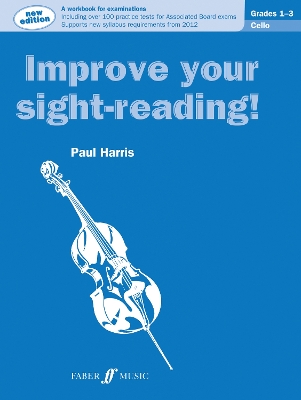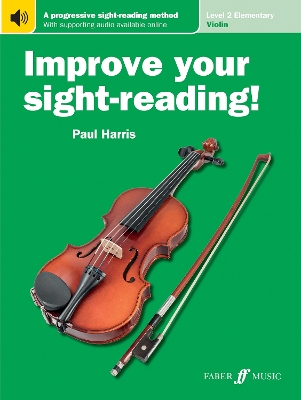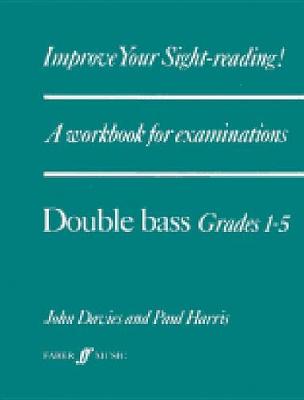Improve Your Sight-Reading!
44 total works
Does the thought of sight-reading make you groan? The ability to sight-read fluently is a vital skill, enabling you to learn new pieces more quickly and play with other musicians. The best-selling Improve your sight-reading! series, by renowned educationalist Paul Harris, is designed to help you overcome all your sight-reading problems, especially in the context of graded exams.
Step by step you build up a complete picture of each piece, firstly through rhythmic and melodic exercises related to specific technical issues, then by studying prepared pieces with associated questions, and finally 'going solo' with a series of meticulously graded sight-reading pieces.
The best-selling Improve your sight-reading! Series, by renowned educationalist Paul Harris, has now been extended to offer a series of editions supporting the Trinity College London sight-reading criteria. Improve your sight-reading! Trinity Edition Piano Grade 5 has been specifically written to reflect Trinity's parameters for Grade 5 and contains new material throughout.
Improve your sight-reading! Series is designed to help you overcome all your sight-reading problems. These books follow the same progressive format as previous editions, where technical aspects are introduced step-by-step firstly through rhythmic and melodic exercises, then by studying prepared pieces with associated questions, and finally by 'going solo' with a series of meticulously graded sight-reading pieces.
Improve Your Sight-Reading! Violin Level 2 US EDITION (New Ed.)
by Paul Harris
The UK's best-selling series, Improve Your Sight-Reading! is now available in an edition ideal for the US market and guaranteed to improve sight-reading! This workbook is designed to help overcome the nerves that can cause sight-reading problems by giving sound technical advice and confidence boosting tips. Step-by-step it helps the violinist to build up a complete picture of each piece, first through rhythmic and melodic exercises related to specific problems, then by the study of a prepared piece with associated questions for the student to answer, and finally 'going solo' with a series of carefully progressive sight-reading pieces. Check-boxes for each stage allow both teacher and pupil to keep an eye on progress.



